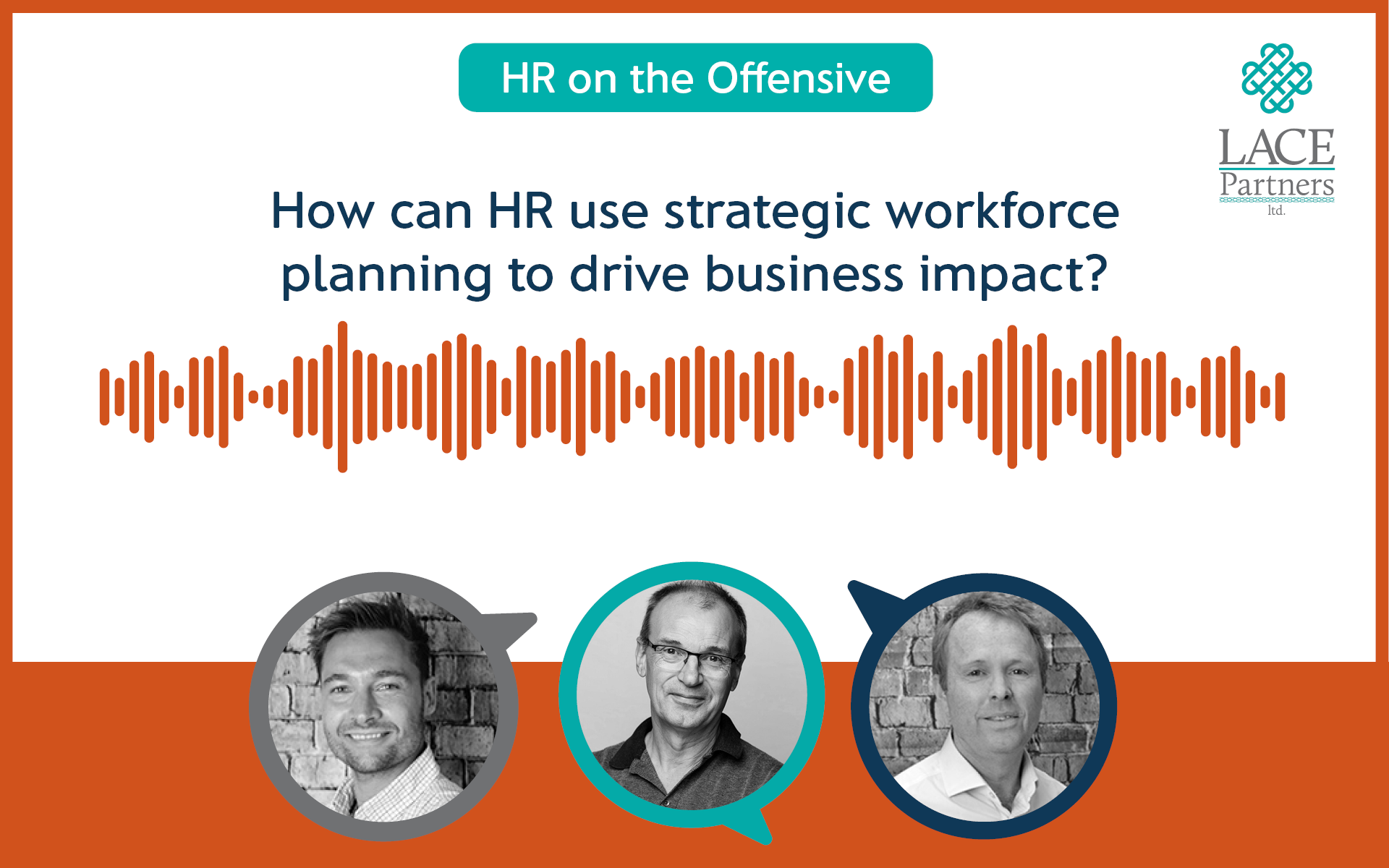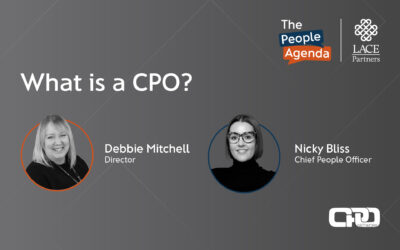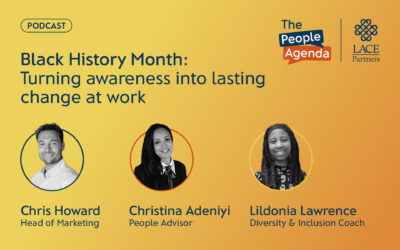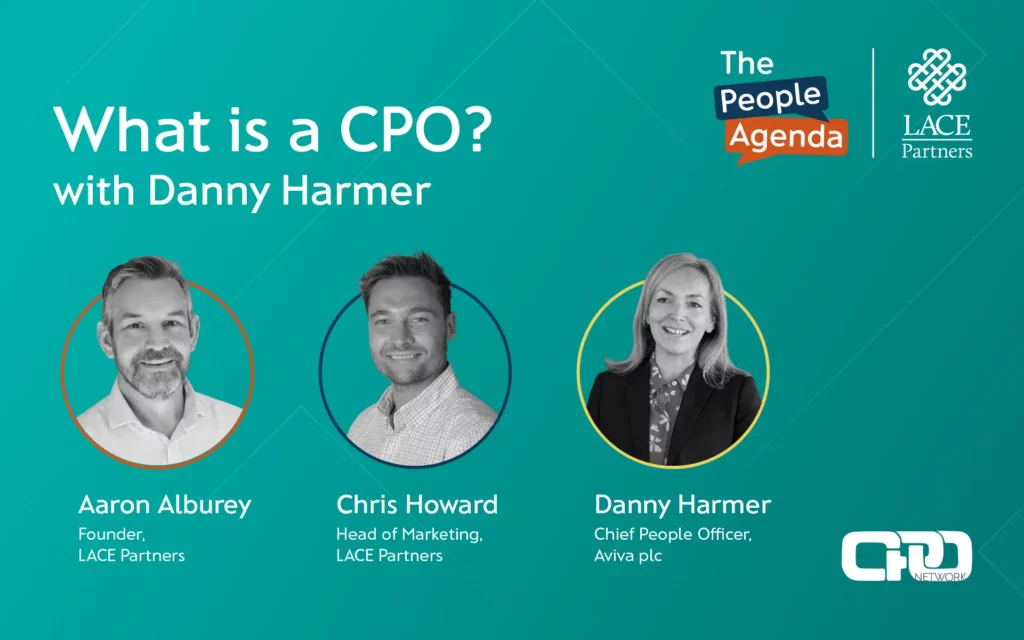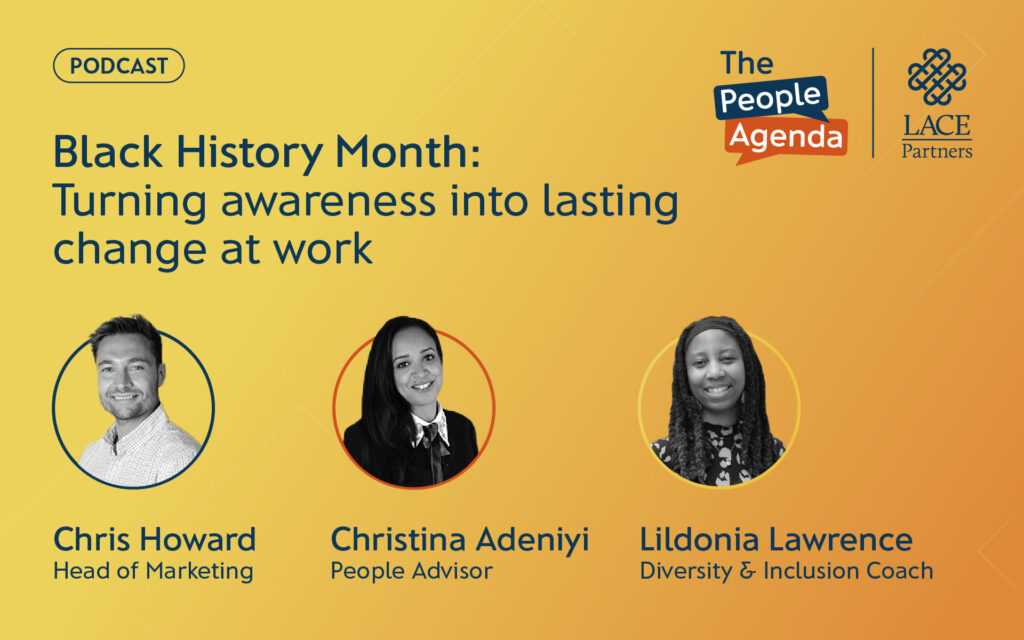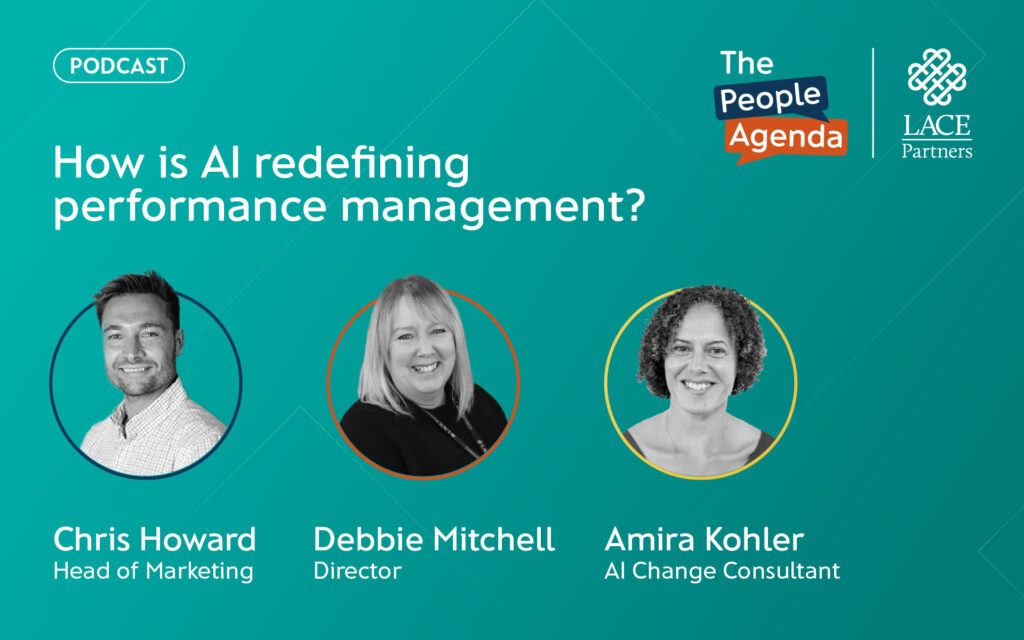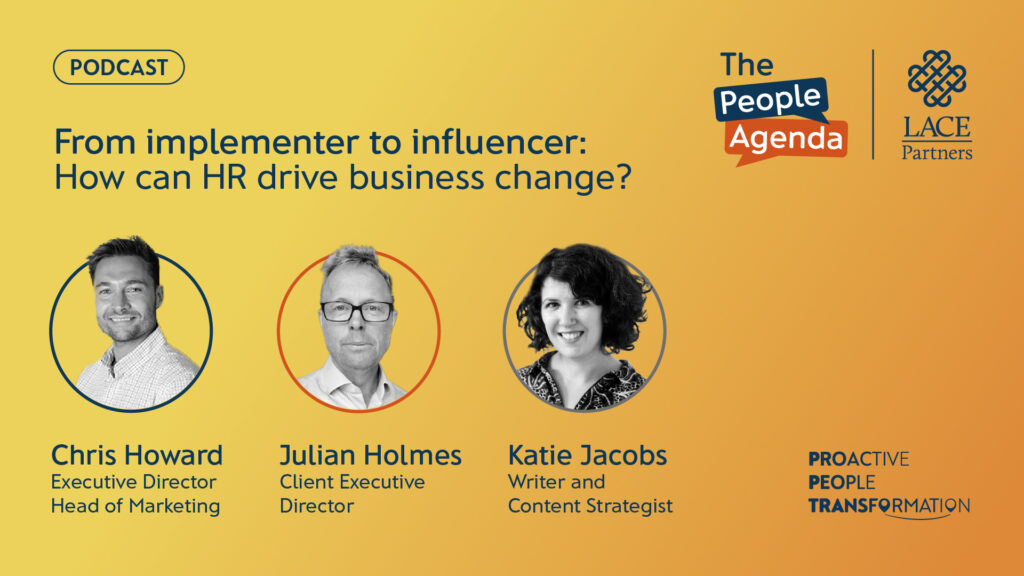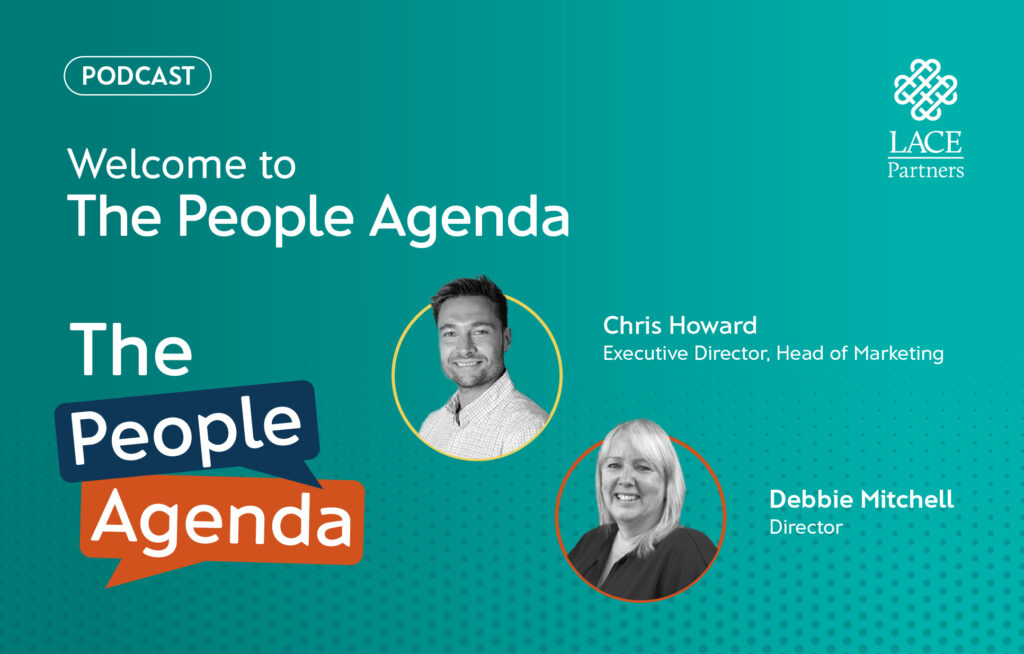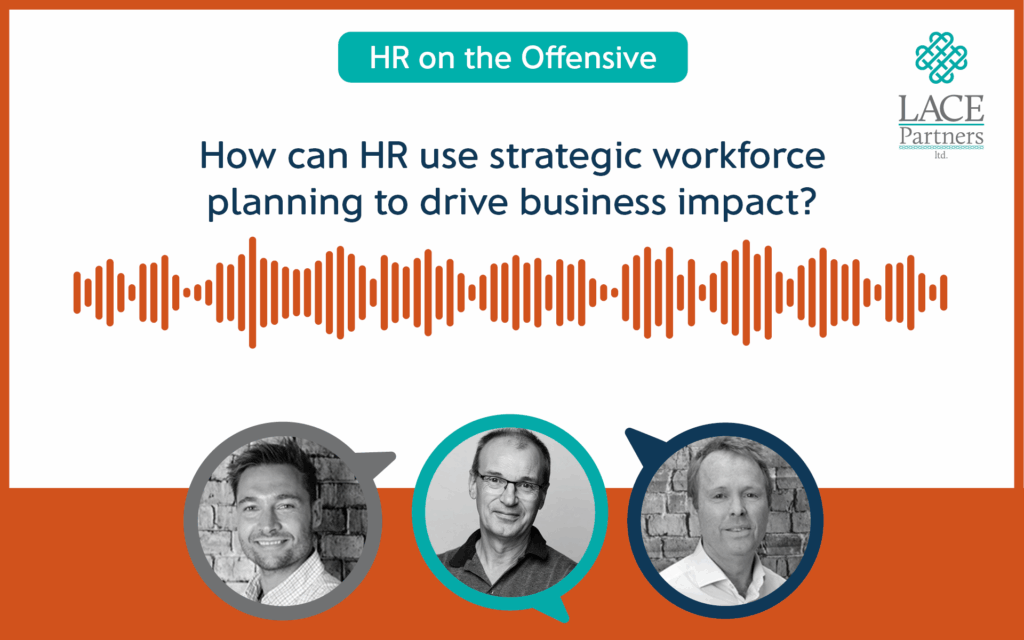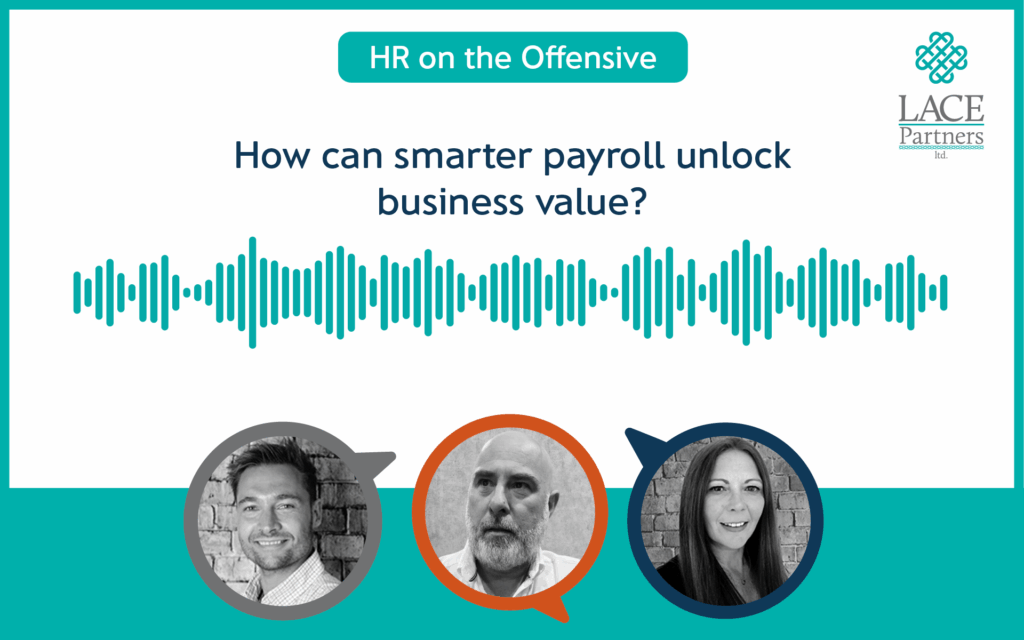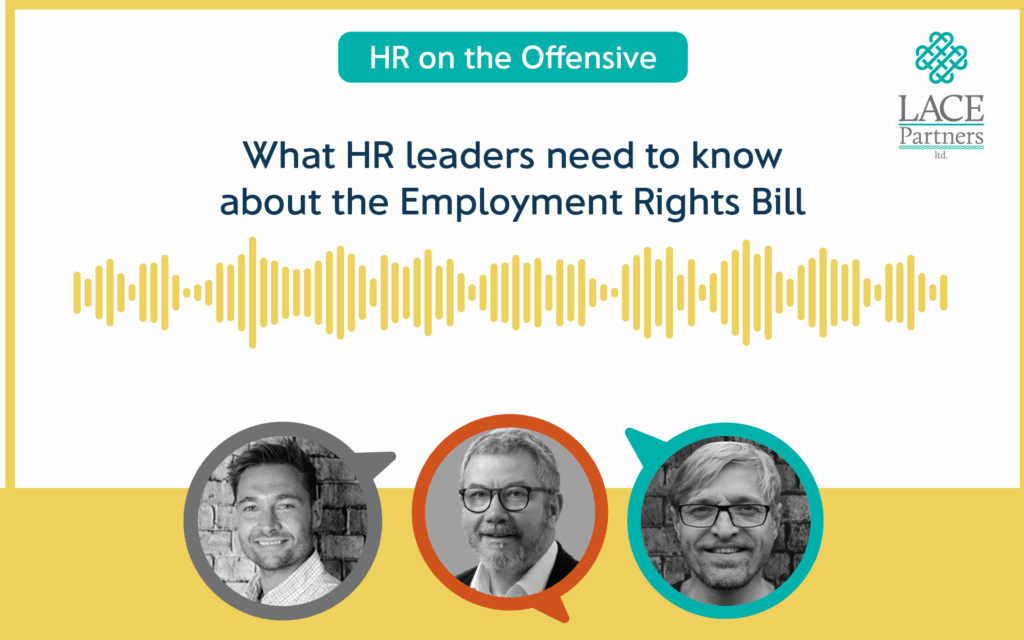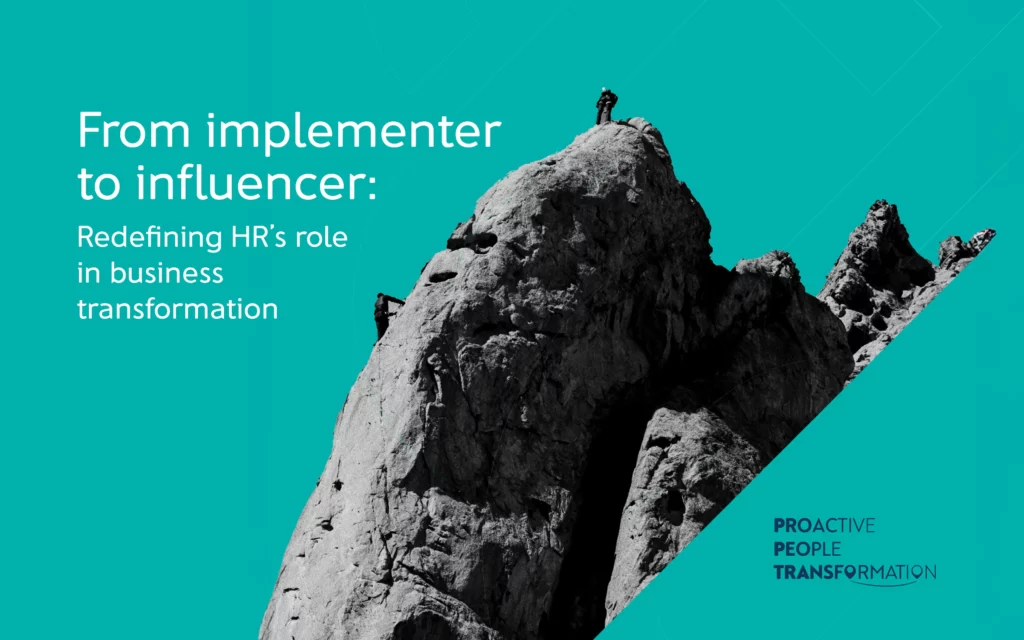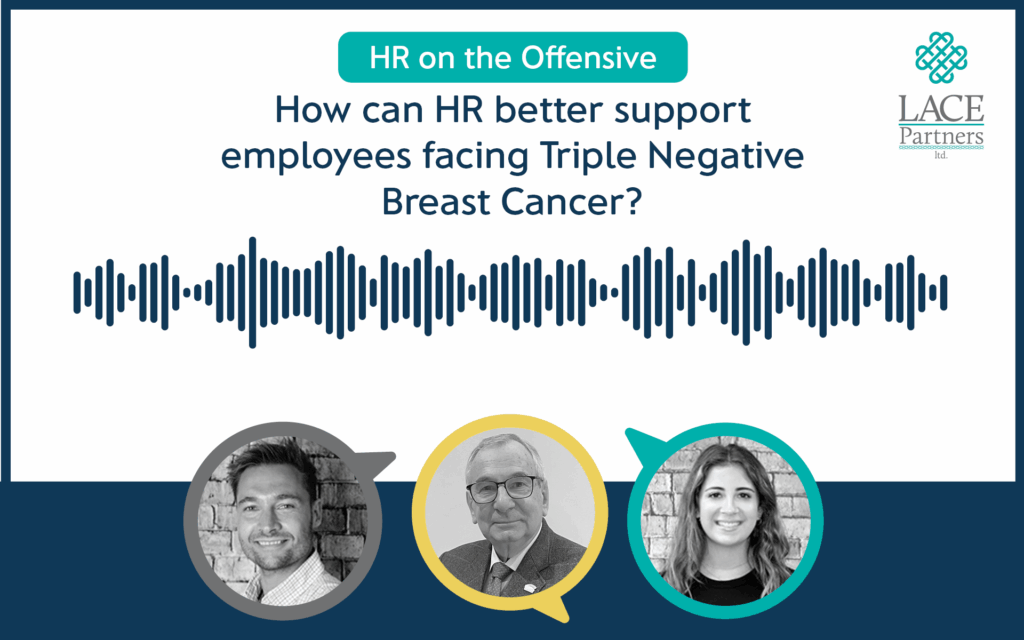Strategic workforce planning (SWP) at its heart is about answering a very human question: how can organisations ensure they have the right people, in the right roles, at the right time to deliver on their goals? That’s the compelling premise of The Strategic Workforce Planning Handbook by David Edwards, which highlights what it’s really like to grapple with workforce challenges on the ground. David joins the HR on the Offensive podcast to discuss the contents of his new book with host Chris Howard and LACE Executive Director Julian Holmes. If you like what you hear, you can pre-order David’s book here.
One of the book’s central messages is that SWP isn’t just a yearly exercise tied to budget cycles but a continuous way of looking at how people risks and opportunities shape an organisation’s ability to deliver. David frames it through the lens of risk: losing critical talent, failing to reskill at the right pace, or overlooking trends like an aging workforce or widening skills gaps. Any of these can put business outcomes at risk. By shifting the conversation to risks and opportunities, HR leaders can speak in terms that resonate with other executives and position people strategy as an integral part of business strategy.
What’s the case for workforce segmentation?
Just as marketers divide customers into segments, organisations need to understand their workforce in terms of critical roles, scarce skills, and areas of declining importance.

One of several key approaches to strategic workforce planning, workforce segmentation allows leaders to invest where it matters most. Whether that means nurturing a handful of AI developers who hold the key to future growth or recognising that a single group of specialists can make or break revenue. Segmentation transforms workforce planning from an abstract numbers game into a targeted business tool.
There are three key takeaways:
- SWP is a business discipline that requires collaboration across finance, operations and strategy.
- The most effective SWP focuses on solving real business problems, not simply producing reports.
- The impact is tangible: poor planning leaves organisations exposed, while smart planning builds resilience and growth.
David’s book challenges us to rethink SWP not as a back-office HR process, but as a strategic mindset that keeps organisations future-fit.
Thinking about your workforce planning? Get in touch via the form below to chat with one of our experts.

